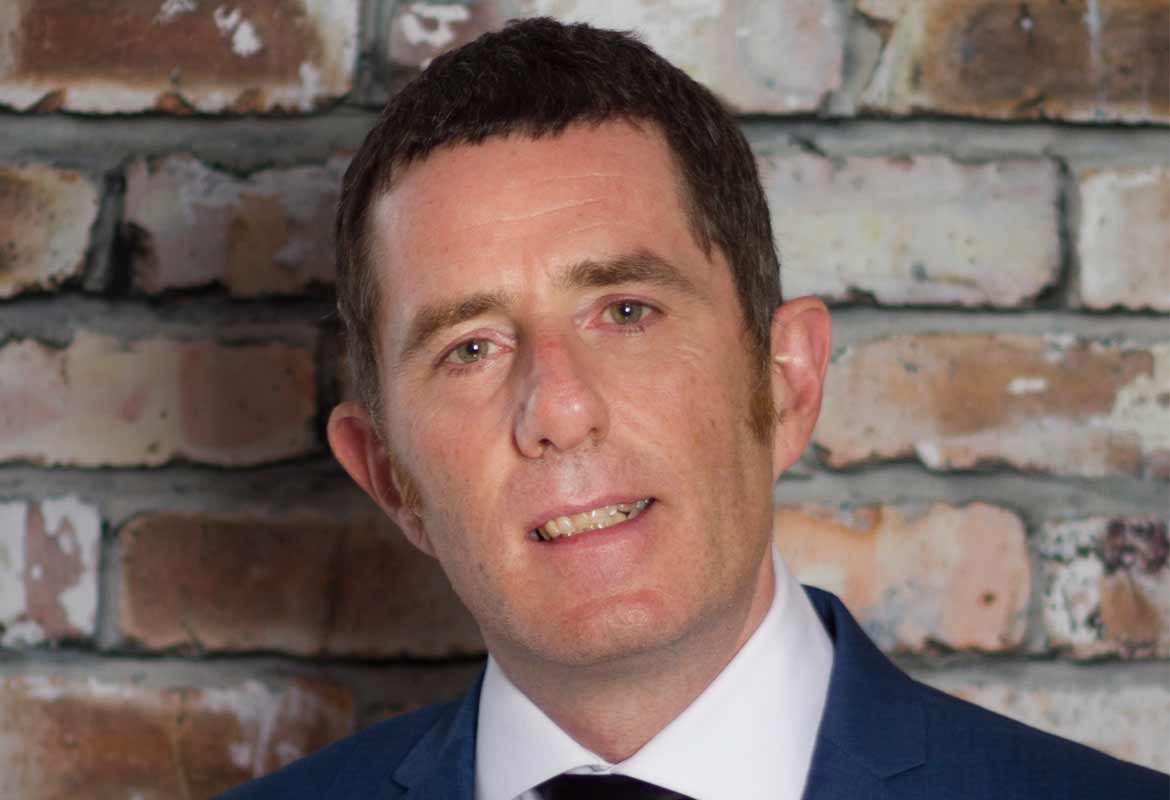
How to turn change into transformation
If small tweaks aren’t enough to get your business on the right track you need to think carefully about how to make things different
We talk a lot about change and transformation but they are different. Change is visible and can be immediate. Change often involves proactive problem-solving. Changes are things we can prescribe.
Transformation, on the other hand, is at the very heart of a business’s future sustainability. Unlike change, transformation isn't a handful of separate alterations; it is a range of connected initiatives. Transformation’s goal isn't to make small changes but to alter an organisation’s direction or to implement a new business model or vision. True transformation requires a clear picture of what life was like before and how it will look afterwards and where different parts of the organisation fit into it.
Some transformation may be in areas with no visible ‘problems’ but where there are huge opportunities for improvement. We have been involved in large tech rollouts with, for example, national retailers implementing major cross-chain initiatives which local staff question. One of our first questions is why they’re doing it and how it fits into the larger strategy.
It’s important to understand whether change is caused by a need to survive, or because a business is thriving. For some, a transformation might arise from distress. With others, such as ASOS or BooHoo, it might come from rapid growth.
Communication is crucial to success. It is essential to express why you’re doing what you’re doing -- unless people subscribe to the transformation, it’s very hard to put into effect. People who don’t understand can become inert and even turn saboteur. And communication is kaleidoscopic. You must use every tool in the box: visual imagery, stories, logic. Everyone understands differently. Some can’t connect until they understand every step; a vision of the future is enough to help others believe.
You also need a full understanding of your culture and the cultures within it. You might be a national organisation with multiple offices and sub-cultures at each location. It’s essential to be sensitive to how the overall organisation works and communicates. Once you can communicate your message formally, you can use informal networks, quick coffees and check-ins to take the temperature. In this time it’s essential to engage middle management, the people who understand how the work works. If they don’t get it, your pace can slow or screech to a halt.
You might have ‘cave-dwellers’ -- people who are always against virtually everything. They’re tougher than the others because they find it hard to buy into anything. Two-way communication is essential. Perhaps they simply aren’t being heard, so have become disconnected. It’s vital to get past such blockages.
As with printers, maintenance is also key. Leave a highly-used device just to churn out pages without preventive maintenance and you risk parts failures. You must keep communicating at every stage.
The human brain likes to go back to default, so it’s important to keep transformation high up the agenda. This is particularly important in the “busyness” of now, when people focus on meeting their key performance indicators (KPIs). The expectation is that transformation can happen quickly but your KPIs can work against you unless they have been reviewed to make sure they fit future circumstances.
Understanding strategy helps us to build stronger and deeper partnerships with our partners. As a company in an ever-changing industry, we understand the link between change and transformation and the need to engage with and understand end users. We speak from experience and use our own experience of transformation in an uncertain climate to offer valuable, relevant insights to customers making the same journey.



